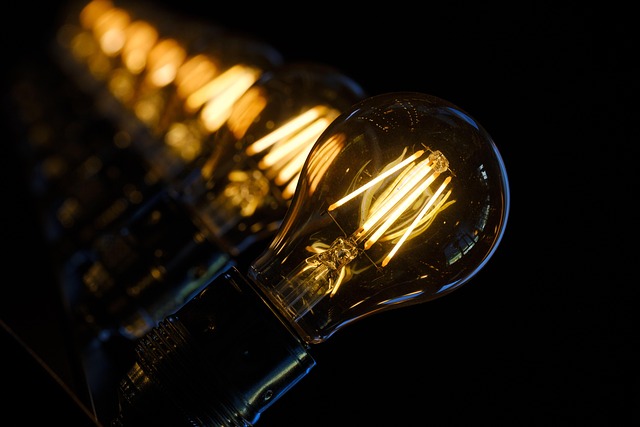Mastering the Art of Light Painting: A Guide for Perfecting Your Lighting Technique
There’s something magical about light painting. It combines the ethereal qualities of light with the creative vision of photography, allowing us to capture moments that sparkle with life and imagination. Whether you’re an experienced photographer or just starting, mastering this technique can elevate your work to an entirely new dimension.
Understanding the Basics of Light Painting
At its core, light painting involves using light sources to “paint” in the air during a long exposure photograph. This technique can transform ordinary scenes into stunning, dreamlike images that tell a story. It’s essential to understand how to manipulate your camera settings; a tripod is a must for stability, and choosing the right aperture, shutter speed, and ISO will set the scene for your creativity.
Choosing Your Light Source
The beauty of light painting lies in its flexibility. From simple LED flashlights to intricate sparklers or glow sticks, your light source can significantly impact your artwork. Consider using colored gels over your lights to add vibrancy to your compositions, or experiment with different types of lights to achieve various effects.
Planning Your Shot
Before diving into your light painting adventure, take time to plan your shot. Think about the composition and what you want to convey through light. Consider the background, foreground, and the movement of your light source. A quick sketch can help solidify your vision. Remember, spontaneity often leads to unexpected creativity, but having a plan can guide your exploration.
Techniques to Enhance Your Light Painting
To create truly breathtaking pieces, try layering your light sources. Start by painting the background with one color, then add another layer for foreground details. Movement is key in light painting; experiment with different speeds and patterns—swirls, lines, and shapes can all add depth and intrigue to your image. Don’t forget to interact with your surroundings; incorporating elements from your environment can create a seamless blend of light and reality.
Post-Processing Your Light Paintings
Once you’ve captured your shot, the fun doesn’t end there. Post-processing can enhance the magical essence of your light painting. Play with contrast, brightness, and color saturation to bring out the best in your captured light. Software like Adobe Lightroom or Photoshop can help you stitch together images if you’re working with multiple exposures. Fine-tuning your print quality can also elevate your artwork to gallery-worthy standards.
Finding Inspiration
Your journey into light painting should be fueled by inspiration. Explore other artists’ work, watch tutorials, and engage with photography communities. Platforms like Instagram and Pinterest can ignite your creativity and expose you to myriad styles and techniques. Don’t hesitate to experiment and push boundaries; the only limit is your imagination.
Join the Light Painting Community
As you delve deeper into light painting, consider joining communities or workshops dedicated to this art form. Engaging with others who share your passion can provide invaluable insights and motivation. Collaboration often leads to the most innovative ideas, and sharing your experiences enriches the collective knowledge of the art.
In conclusion, embracing the enchanting world of light painting opens doors to infinite possibilities in your photography. With practice, patience, and a sprinkle of creativity, you can transform the ordinary into the extraordinary, capturing the beauty of light in all its forms.




